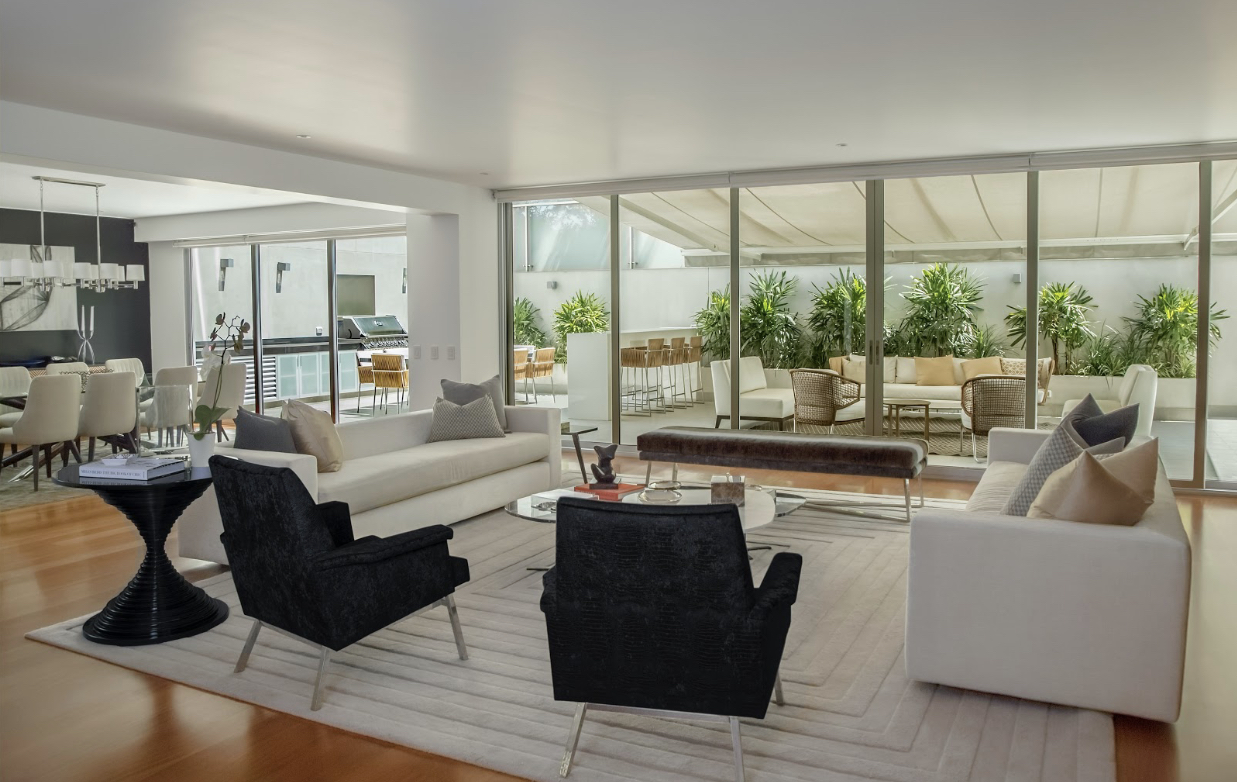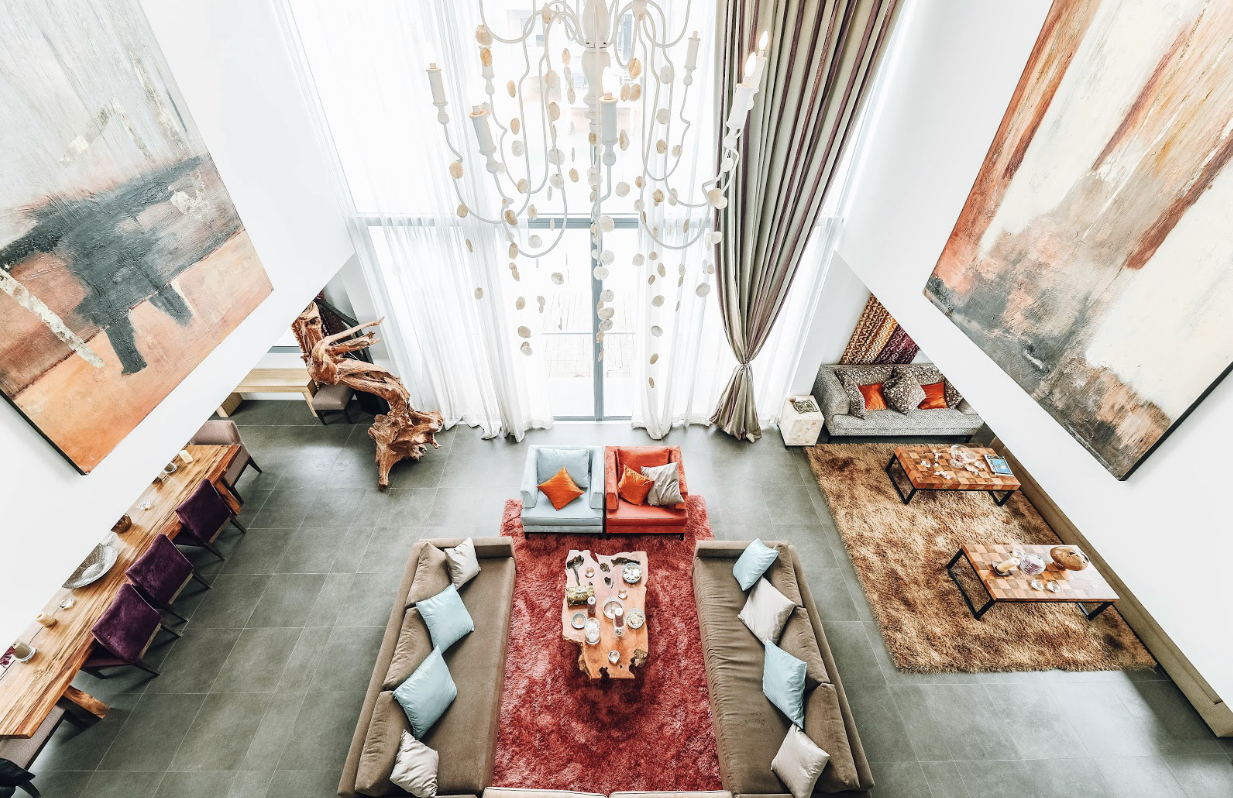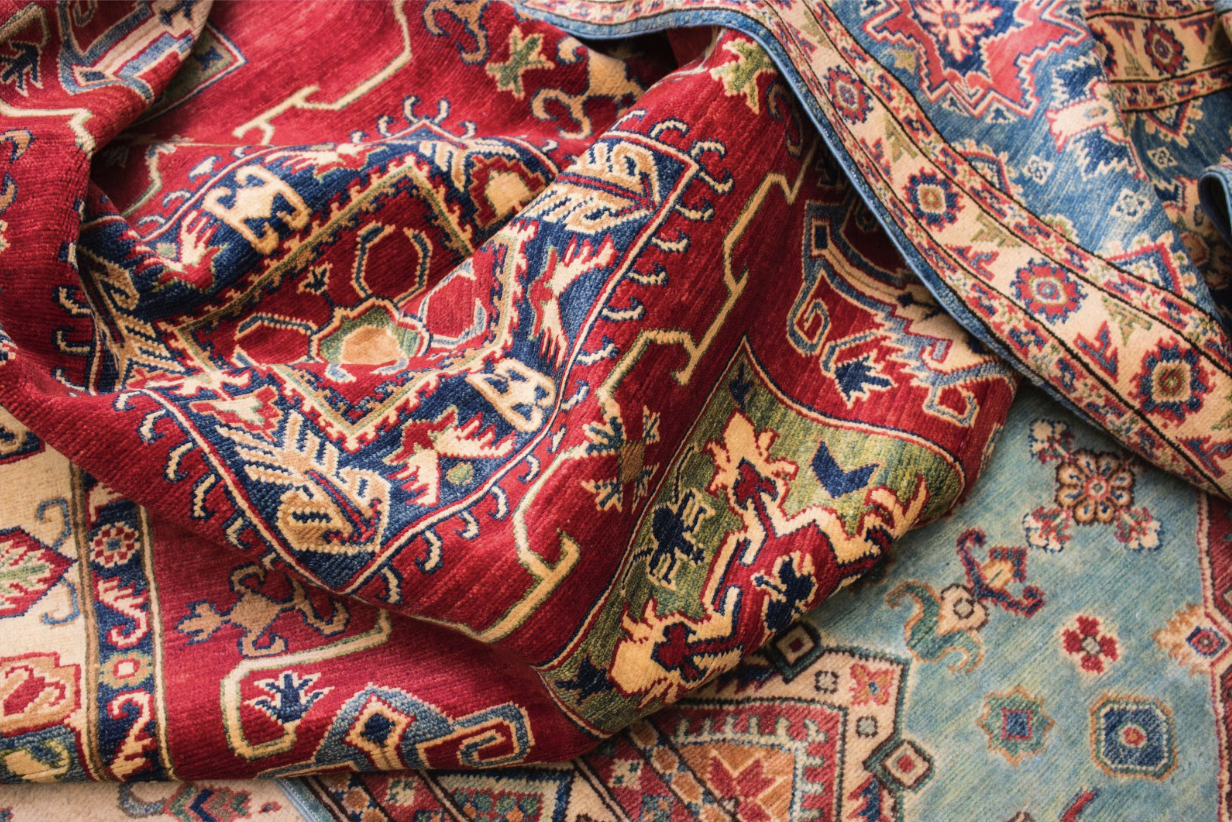Most people assume that decorating an open floor plan is harder and more cumbersome. While it may require a bit more planning and forethought, the opportunities are endless.
An open floor plan allows for greater flexibility and creativity to showcase your personal aesthetic. Whether you purchased your dream house with a large open floor plan, or are renting a space with one, you can follow some basic rules to ensure that you curate a space that you learn to love and cherish.
We have compiled the ultimate list of all the tips and tricks you need to in order to start decorating your open floor home.
Create Sections And Decide On The Layout
First things first, you need to measure and map out your space and decide on where the living room, dining room, or a working desk need to go. Added to that, you need to assess the scale of each piece of furniture in your living room and otherwise to make sure that everything ties well together.
Whether you are buying a modular DS 600 sofa for your living room to achieve an eccentric and unique look or deciding on a chic low coffee table, remember to do a quick test run to ascertain the complete look.
The furniture in your open floor plan is likely to “float”, which means that it won’t be perched up against the walls. If you feel that this may end up giving a look of one monotonous huge space, you can create sections using a number of tricks.
An effective way to create a sense of differentiation is by employing lights. For example, you can have the classic pendant lights in your kitchen area, hang a luxurious traditional crystal chandelier in your dining space, and install LED recessed lights in your living room. Distinct lighting will create the illusion of a larger space and also streamline your open floor living area.
You can also get your hands dirty and install room dividers, such as archways, to create different sections and clearly demarcate various areas in the great room.
Choose a Color Palette

As with any room, the foundational structure of an open floor plan involves choosing a color palette and sticking to it.
One easy way is to follow the 60-30-10 rule. This emphasizes that 60 percent of your room will be dominated by the color of your walls and your main furniture pieces. Following from that, 30 percent will comprise varying textiles, carpets, or accent furniture pieces. The remaining 10 percent is reserved for any art or statement piece or smaller decor items that add a pop of color.
In an open floor plan, color plays a particularly critical role since it acts as a visual divider to delineate different spaces. While you can always hang your favorite pieces of wall art, or introduce a decor piece that effectively ties the room together, you need to be mindful of the overall color consistency.
We suggest opting for neutral and light-colored walls to make the room look wider. Another trick is to repeat colors in different sections of your open floor plan. For example, if your living room mainly consists of off-white or cream-colored sofas, opt for similar colored dining chairs. Additionally, try sticking to not more than two wall colors. This will create unity and uniformity in your room.
If you have a narrow wall, you can add some wall treatments, such as painting the wall a different color, putting up wallpaper, or adding brick detail. Proceed by hanging a statement piece of wall art with display light fixtures to make it a focal point in the living room.
Pick A Theme

Thematic flow and harmony is a foundational pillar of any open floor plan. This is a personal choice that only you can make – so we suggest taking your sweet time to decide on the best possible option that works for you.
When deciding on a theme, you may want to browse different catalogs and mark what you love. Secondly, consider the kind of interior you would like to come home to every day. Importantly, keep it functional. If you prefer early morning meditation or yoga, be sure to curate a space that is calm and relaxing. Remember, there is no right or wrong answer!
Whether you opt for a mid-century modern look or a minimalist Scandinavian interior, try creating an uninterrupted flow in the room. Including a large number of completely opposed pieces may run the risk of making your room look cluttered and overwhelming.
However, this doesn’t mean that you can’t play around with a couple of different design styles. You can introduce one or two pieces that stand in conflict with your overall interior decor to anchor the living room and create a distinct fusion. This can help bring life to your open floor home and allow you to showcase your creativity.
Use Area Rugs

In an open floor plan, area rugs are your best friend! Carpets and rugs are a great way to distinguish different spaces in an open floor plan.
Buying a rug to match your furniture, walls, and textiles may require some consideration. You need to be mindful of your color scheme and your chosen theme when choosing a rug or carpet. If you have a monochromatic industrial look, you can use a rug to add color, texture, and pattern. In case you go for darker or somber colors in your living room, opt for a natural fiber neutral rug. Remember to create a sense of synchrony when choosing rugs in an open floor plan.
Use large rugs in the living room space under the sofas and coffee table and large to medium-sized rugs in the dining room. The dining room rug should be wide enough so that it covers the floor when the chairs are pulled out. You may also want to include a runner rug in your kitchen to add character and color.
Parting Thoughts
Open floor plans are all about symmetry, balance, and coordination. With a few details in mind, you can decorate your living room to smoothly integrate it into the rest of the open area. Maintain harmony and unity with all your pieces to seamlessly tie the room.
We hope you are now ready to start decorating your open floor living room. Just remember to expend time and energy and try to avoid making all your decisions in one day. Let it be a slow and rewarding process.


